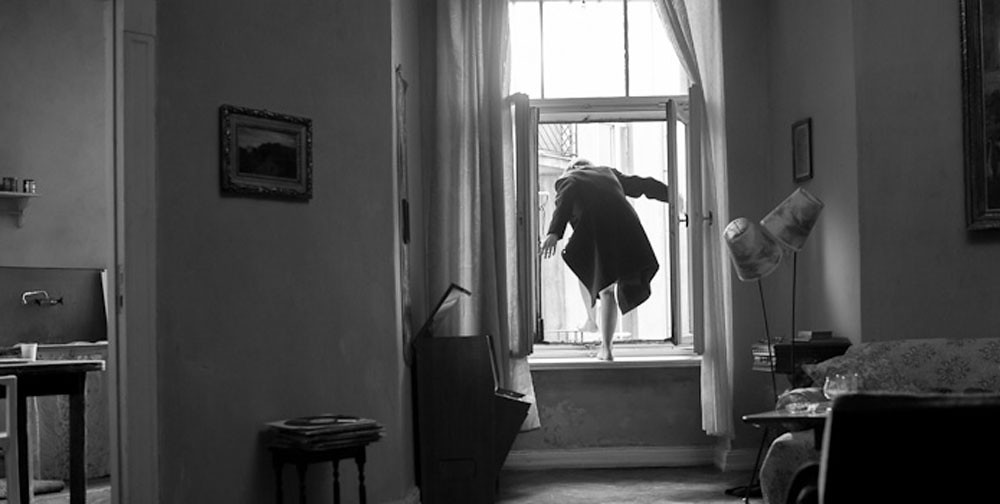This is my second year of Ebertfest as it is only my second year on campus. There is always something about sitting in front of the screen surrounded by people at Ebertfest. There is an atmosphere of pure adoration and admiration of what is being projected. There is not a peep during the show. Everyone remains seated. No one has gets up to use the restroom, there is no one checking their phone. You are surrounded by people who love film. And that is magic in itself.
I had already seen Ida, because as a fanatic, I watch all Oscar nominated movies before the awards are presented. But this was the only showing that I could make this week. Ida mesmerized, shocked, disgusted, and amazed all who watched it. A black and white masterpiece, reminiscent of a mixed Bergman-Truffaut aesthetic, this film takes the topic of religion and boils it down to one simple question: does it matter? With a lengthy response of, it doesn’t. It seems to be suggesting that all that matters is a devotion to a moral code, a devotion to morality, and a desire to be a better person.
In one of the most intense suicide scenes I have ever been exposed to, Anna’s aunt, Wanda kills herself after finding out that her son had been killed by the people that were harboring him. It seems that her reason for having loose morals has been shattered and the reality of her past has come to haunt her. Where Anna, destroys the thought of her past, rather sticking to the moral code that has served her well throughout the years.

It is a very silent movie. There is no filler noise, and no soundtrack of sorts. As well as it does not have any loud imagery or colors (as it is black and white). The composition never succeeds in distracting from the darkness of the narrative and leaves audiences stunned in admitting how much emotion can be felt from such a bland movie.


